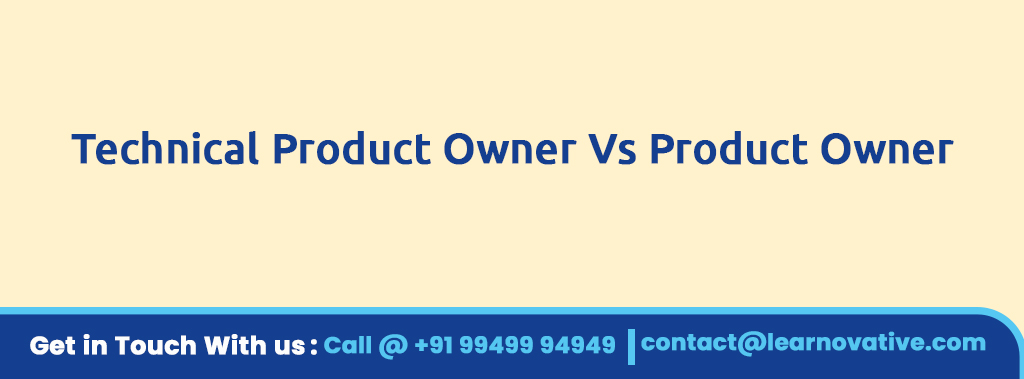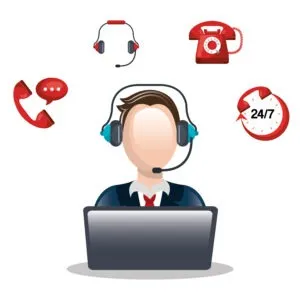
While Scrum does not explicitly mention Technical Product Owner, in some organizations you come across the role “Technical Product Owner”. This article helps to understand the differences, key focus areas of the Product Owner and Technical Product Owner.
Product Owner (PO):
- Customer-centric focus: The PO represents the voice of the customer and stakeholders. They are responsible for defining and prioritizing the product backlog based on customer needs, market demands, and business objectives.
- Maximizing product value: The PO works closely with stakeholders to understand their requirements and ensure that the development team delivers features and functionalities that maximize the value of the product.
- Decision-making authority: The PO has the authority to make decisions about the product backlog, including prioritization, acceptance criteria, and release planning. They are accountable for the success of the product and its alignment with business goals.
Technical Product Owner (TPO):
- Technical expertise: The TPO brings technical knowledge and expertise to the product development process. They collaborate with the development team to provide guidance on technical aspects, architecture, design decisions, and implementation details.
- Ensuring technical excellence: The TPO focuses on ensuring that the technical aspects of the product meet quality standards, scalability requirements, and technical best practices. They may be responsible for defining technical tasks, reviewing code, and addressing technical debt.
- Bridge between business and development: The TPO acts as a bridge between the business stakeholders and the development team, translating business requirements into technical solutions and vice versa. They help ensure that technical decisions align with business goals and priorities.
Key differences between Product Owner and Technical Product Owner:
Parameter | Product Owner | Technical Product Owner |
Background | Business Customers Marketing UX Product Development Domain specific | Technical Background Software Development Engineering |
Core Skills | Market Research UX best practices Product Specific skills Documentation Critical thinking Analytical skills Product Development Process | Software Development Engineering practices Software Development Processes |
Big Picture | “Why” and “What” of the Product | “How” of the Product |
Teams they collaborate closely with | UX Teams Sales Teams Marketing Teams Customer support teams Customers | Development Teams Engineering Teams Technical Teams |
Technical Product owners can be distinguished by the kind of product they oversee, whether they have a technical or non-technical title.
Mostly working with the Engineering and Development teams, technical product owners collaborate closely to produce highly technical products.They work on database infrastructure, generative AI products, and Google Cloud etc Technical products. The final consumers of these are product owners and software development teams (mostly Scrum Teams), and they are very technical.
Product Owners are the ones who are going to be more customer centric where designs, usage of products are driven by the user base. Mostly, these are meant for a large number of users. The products are meant to be easy to use, quick to learn and easy to scale. Examples of such Products are: Web applications, Mobile applications and physical products.
So, depending on the nature of the role, responsibilities ; the designation might be adjusted to reflect the job expected. Depending on the context and complexity of the project, organizations may have separate roles for these responsibilities or combine them into one role.
For more deeper understanding about Scrum Product Ownership and Rights, Responsibilities, Accountabilities, join Learnovative’s upcoming “CSPO online training” and “Advanced CSPO online Training”.

